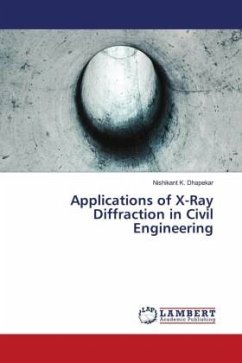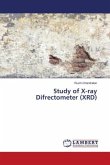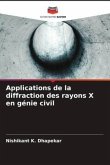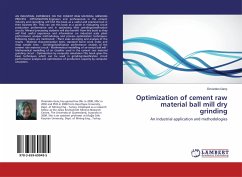X-ray diffraction is very powerful non-destructive technique for characterizing crystalline materials. It gives information on structures, phases, preferred crystal orientations and other structural parameters, like average grain size, crystalline, strain, and crystal defects. X-ray diffraction peaks are caused by constructive interference of a monochromatic beam of X-rays scattered at particular angles from each set of lattice planes during a specimen. The peak intensities are observed by the distribution of atoms within the lattice. Consequently, the X¬ray diffraction pattern is that the fingerprint of periodic atomic arrangements during a given material. This review summarizes the scientific trends related to the rapid development of the technique of X-ray diffraction over the past five years concerning the fields of pharmaceuticals, forensic science, geological applications, and glass manufacturing, civil engineering, as well as in corrosion analysis.
Bitte wählen Sie Ihr Anliegen aus.
Rechnungen
Retourenschein anfordern
Bestellstatus
Storno








